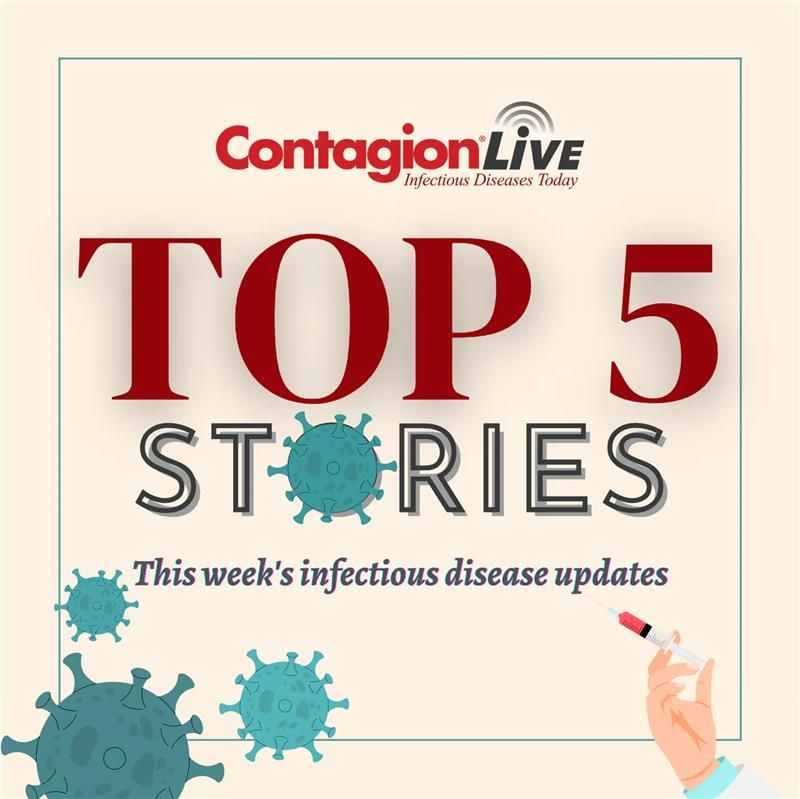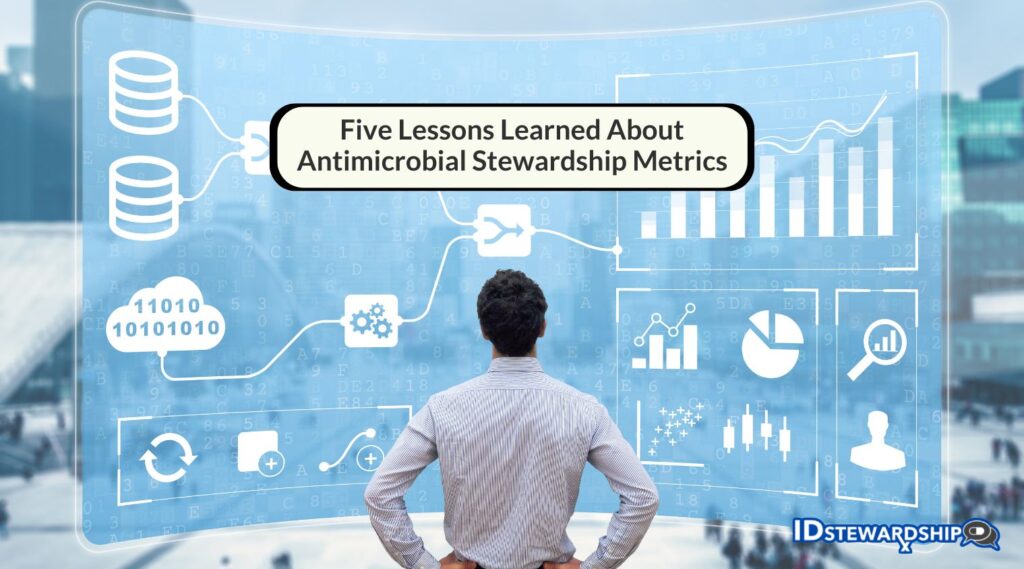In this article an antimicrobial stewardship pharmacist discusses how to convince physicians to change their antibiotic prescribing practices


Authored by: Timothy P. Gauthier, Pharm.D., BCPS, BCIDP
Article Posted 12 August 2024
Antimicrobial stewardship is about promoting the safe and rational use of antimicrobial agents. This goal can be achieved in many ways, but a key part of the effort needs to be getting physicians on board with prescribing practices that the antimicrobial stewardship program is advocating for. New initiatives on antibiotic use are constantly emerging based on new national or local data, newly implemented technologies (e.g., rapid diagnostics, clinical decision support), freshly minted treatment guidelines, new safety alerts, regulatory developments, and more. There is always a need for antimicrobial stewardship programs to seek to influence antibiotic prescribing.
How to influence physician practices depends on a variety of factors and everyone has their own unique circumstances which impacts what they value most. In this blog post I will discuss five lessons I have learned in my 15 years working in the field of antimicrobial stewardship as a pharmacist, which may be helpful for engaging with physicians about their antibiotic prescribing practices. I do not claim to have all the answers, but I do hope some of this might be helpful.
Before I get into it though, something I have always found to be important and must start with is truth and honesty. This has been a cornerstone to me in collaborating with physician partners to advocate for practice evolution. In my opinion it is extremely important to avoid deception, avoid data manipulation, and lose any ‘fake it until you make it’ type of attitude when engaging with physicians about this topic. Relationships are the key to success in antimicrobial stewardship. Healthy relationships require trust. Keep this in mind as you read the following and consider how this may be helpful information for your practice.
Lesson 1: Lead with Data
I once read a journal article about how to provide education to different types of healthcare providers. I have not been able to find it lately, but I recall it said that pharmacists want all the itty bitty details, nurses live in the moment, and physicians do not like to be told what to do. The part about physicians made sense to me, because physicians spend much of their day in control and using their medical knowledge to make decisions about important things. Why would someone in that state of mind be excited to have you come tell them what to do?
The secret to making it work is to lead with the data. Show physicians what is going on and they are likely to come to the same conclusion as you – they are smart and analytical after all! How to address the opportunity on the other hand may not be something you can immediately agree on, but that is what the next several points can help with.
With data, do not let perfect be the enemy of good, however when sharing data do not over-sell it either. Too much emphasis or unnecessary drama can sway the conversation too far in what turns out later to be the wrong direction. Keeping things balanced and avoiding blame is important not only to relationships with that physician but also with their peers. People will judge you based on how you treat others when they are not around. Trust is built by showing respect for others and doing the right thing even when you think nobody is watching.
Importantly, try to use data that can be revisited later to show trends and proof of change. Antimicrobial stewardship pharmacists should be continuously seeking, developing, and evaluating new sources of data as a baseline job function. If we cannot measure it, we cannot determine if we changed it. Perceptions and opinions can be helpful, but data trumps all the talk.
Lesson 2: Open a Dialogue and Listen
It is easy to go to a prescriber and want to tell them all about an issue and spend more time speaking than listening. I like to start with the thought that it is not the person that is the problem, it is the system that they work in that makes it difficult to do what the antimicrobial stewardship program is advocating for.
In a non-threatening environment, many people will be more than happy to tell you about problems that lead to less than ideal antibiotic use practices. Giving time for physicians to explain their perceptions not only allows stewardship team members to gain valuable insights, it also helps to build the relationship as you can run with their ideas and become a person who can help that physician influence changes they would like to see to improve the care of their patients.
Listening to the perspectives of other prescribers or staff that a physician works with can additionally be valuable to understanding what drives their clinical decision making. These peripheral points of contact can be instrumental to developing influential practice changes.
Lesson 3: Do Not Dilly-Dally
I probably over-do it with how fast I speak when on the phone with a physician, but many physicians I have worked with have little patience to listen to a stewardship pharmacist ramble or rant. In my mind I have about 30-45 seconds at most before I lose their attention. Maybe less. Being prepared to have a conversation is key. When we are able to concisely communicate on a topic it helps show we respect the time of the physician and in my opinion it makes them more inclined to take our future calls.
Needing to being quick about it is not universally true and some physicians may actually want to have a 15 or 20 minute conversation, but in my experience this is the exception and not the rule. For the people that have the time to sit and discuss a topic for more than five minutes, that may be a sign they could be an amazing resource for helping understand the deeper factors which are influencing the decisions of their physician peers.
Lesson 4: Be a Bridge
People are busy and many departments across all institutions are broken into silos. Antimicrobial stewardship pharmacists have the unique situation where they have to work with people from a variety of areas – quality, infection prevention, nursing, home health, case management, pharmacy, administration, microbiology, chemistry, informatics, virtually all medical services, and more. After identifying an opportunity and listening to concerns from physician stakeholders, it is possible to be a bridge and foster new relationships which help encourage better prescribing practices. For example, sometimes the workflow from the microbiology department does not jive with the workflow of a rounding physician. A resolution can sometimes be found by asking the lab or physician to make a small adjustment to their current standard practices.
Connecting stakeholders and building coalitions is one of my favorite parts about being an antimicrobial stewardship pharmacist. We are all team “get our patients the best care” so contributing to an opportunity for synergy on that is something that just feels good.
Downstream it can be appropriate to give credit publicly to key stakeholders who contributed to project success or idea generation. This additionally acts as a positive feedback loop for relationship building.
At times there may be opportunities to help develop physician incentives that are tied to antibiotic prescribing. This type of bridge may circumvent the relationship with a specific provider, but at times this is needed to influence positive change when other strategies have proven ineffective or impossible.
Finally, bridging a physician to peer review is the least ideal method for influencing change in my mind. I have never had to go this route, but understand it is sometimes required.
Lesson 5: Work to Build Long-Term Relationships
A huge lesson in the world of antimicrobial stewardship is not to win a battle at the expense of losing the war. Long-term relationships are the secret to fruitful dialogues and the development of effective antimicrobial stewardship initiatives.
Bear in mind that it is not just personal relationships, it is also about the relationship physicians have with the antimicrobial stewardship program itself. People come and go but programs stay for the long-haul. If you want to develop a robust antimicrobial stewardship program, it is important to develop a program structure that supports healthy long-term relationships with key physician stakeholders.
Closing Comments
Physician engagement is critical towards developing enhanced antimicrobial prescribing practices. Short- and long-term strategies are necessary to identify barriers, build relationships, and over-come obstacles.
Suggested Readings
- Coping with ‘the grey area’ of antibiotic prescribing: a theory-informed qualitative study exploring family physician perspectives on antibiotic prescribing. BMC Primary Care. 2022.
- Interventions to improve antibiotic prescribing practices for hospital inpatients. Cochrane Review 2017.
- Improving antibiotic initiation and duration prescribing among nursing home physicians using an audit and feedback intervention: a theory-informed qualitative analysis. BMJ Open Quality. 2021.
- Cognitive bias: how understanding its impact on antibiotic prescribing decisions can help advance antimicrobial stewardship – JAC AMR. 2020.
- Investigation of factors influencing inpatient antibiotic prescribing decisions in the Veterans’ Health Administration. ASHE. 2022.
- CDC Core Elements of Antimicrobial Stewardship
- The Process of Antibiotic Prescribing: Can It Be Changed?
- Balancing the risks to individual and society: a systematic review and synthesis of qualitative research on antibiotic prescribing behaviour in hospitals. Journal of Hospital Infection. 2019.
Disclosure: The views and opinions expressed in this article are that of the author and may not reflect the policy or position of any previous, current, or potential future employer.
Use of Artificial Intelligence Statement: Artificial intelligence was not used to create or develop any part of this blog post.
RECOMMENDED TO YOU:









